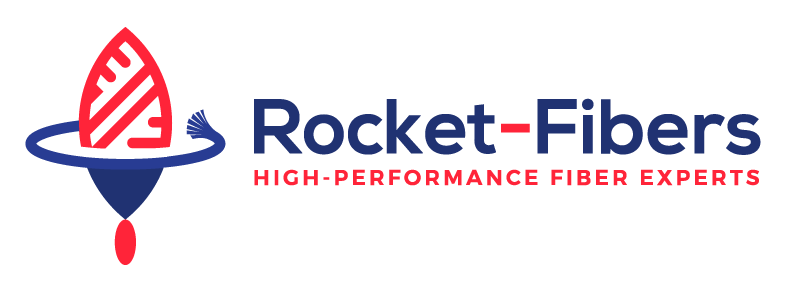Fiber Braiding

What is Fiber Braiding?
Fiber braiding is a method of creating a woven structure by intertwining multiple strands of fibers in a specific pattern. The process involves crossing the fibers over and under each other to form a tight and interlocked textile. Depending on the application requirements, different types of fibers such as Kevlar®, Alkex®, Vectran™ , Nomex®, UHMWPE like Dyneema® or Spectra®, and Carbon are utilized. Braided textile constructions yield much higher strength and improved abrasion resistance compared to the fiber itself. Often times, hybrid braids are produced that take advantage of the properties in two different fibers to provide better UV protection or lower elongation and creep.
Process of Fiber Braiding
The process of fiber braiding involves several key areas:
- Braiding Setup: The yarns are then arranged on a braiding machine or apparatus. The number of yarns and the braiding pattern are determined based on the desired properties of the final braid.
- Tension Control: Maintaining proper tension during the braiding process is crucial to ensure uniformity and strength in the final braid. Tension control mechanisms are employed to adjust the tension of individual yarns as they are braided together.
- Braiding: The braiding machine interlaces the yarns according to the predetermined pattern. This can involve different types of braiding techniques such as flat, diamond, double, hollow, solid, and overbraided around a core yarn or braid.
- Coating: Once the braiding is complete, the structure may undergo post-processing treatments such as heat setting, coating, or impregnation with resin to enhance its mechanical properties and durability.
Benefits of Fiber Braiding
Fiber braiding offers several advantages over other manufacturing techniques:
- Enhanced Strength: The interlocking structure of braided fibers distributes loads evenly, resulting in a braid that is inherently stronger than individual fibers. This makes braided structures ideal for applications requiring high tensile strength, such as in aerospace or automotive components.
- Flexibility: The flexibility of braided structures can be tailored by adjusting parameters such as braid angle and pattern. This versatility makes braids suitable for applications where flexibility and conformability are critical, such as in windshield removal cord, dynamic drive cords, or sports equipment.
- Damage Tolerance: Braided structures exhibit excellent damage tolerance due to their inherent redundancy. Even if one or more fibers fail, the remaining fibers can still provide structural integrity, reducing the risk of catastrophic failure.
- Overbraiding: Overbraiding provides an added layer of protection to core fibers or other substrates like wire. UV inert fibers such as UHMWPE & Polyester are braided around high-performance core fibers sensitive to UV light such as Kevlar® or Vectran™.
Talk With a Fiber Expert
Rocket-Fibers Solution





